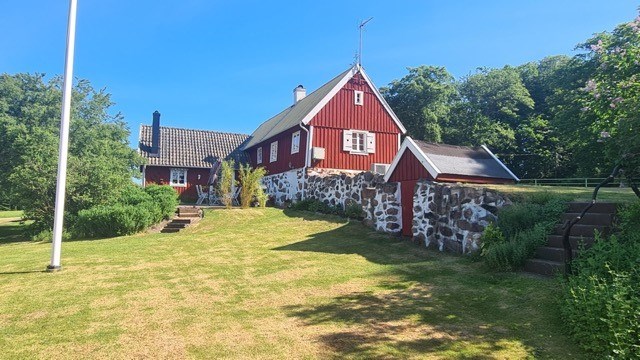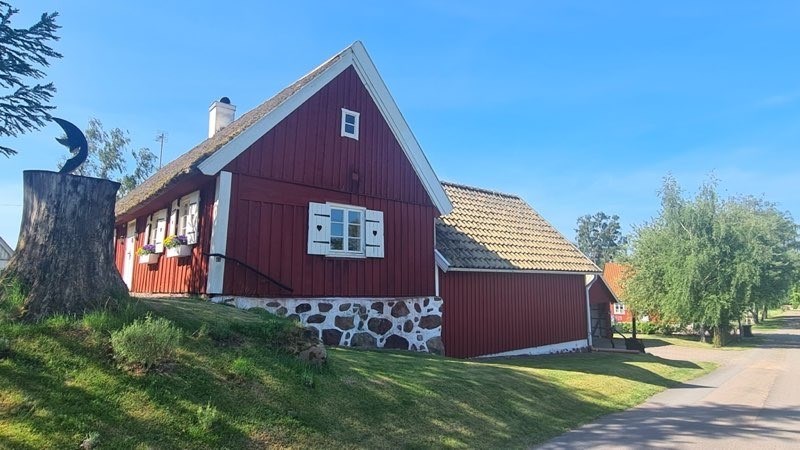
Portugal launches a 4-day week field trial
Last week sees the launch of a pilot trial of the 4-day week in Portugal. Thirty-nine companies are taking part, including 12 that have previous experience with shorter working hours. The aim of the project is to measure the impact of the 4-day week on employees’ physical and mental health, as well as the economic impact on companies.
The companies have committed to reducing weekly working hours while maintaining full pay. Specifically, the 100-80-100 model will be used: Employees receive 100% of pay if they work 80% of the time and perform 100% of the time in return. Companies have volunteered for the program without receiving financial compensation. They can also reverse the measure at any time if they wish.
Participation was open to all private companies in Portugal. The project is now being carried out in collaboration with the non-profit organization 4-Day-Week-Global, which is contributing its expertise and supporting implementation.
Companies from production, trade, research – including daycare center and nursing home
The participating companies come from various industries. They include companies from the manufacturing sector, the retail trade and non-profit organizations. A daycare center, a nursing home, a research and development center and a stem cell bank are also part of the pilot project.
The main reasons for participating were to reduce stress and burnout risks among employees and improve employee retention.
The project is coordinated and supervised by Dr. Pedro Gomes, professor of economics, and Dr. Rita Fontinha, professor of strategic management. They will follow the companies’ experiences during the test to determine the economic, social and environmental impact of the four-day week.
“The future belongs to those who can attract the best workforce”
“So much has changed in society in the last 30 years: the technology we use, the speed at which we communicate, the types of jobs we do, the length of our lives or the role of women in society. But we still organize work in exactly the same way. We believe that the four-day week is a more efficient and sustainable way to organize work in the 21st century, and that it brings mutual benefits for workers, companies and the economy,” the project’s coordinators, Dr. Pedro Gomes and Dr. Rita Fontinha, explain the field trial.
“Portugal is taking another step into the future of work. The four-day workweek pilot project is based on the premise that work-life balance is crucial to attracting employees and improving productivity and innovation. The best companies are those that guarantee to provide space for talent and fulfillment for workers. This is just the beginning – a promising start – of one of the many changes we are implementing in the labor market of a country that has historically high employment levels and strives to attract and retain talent. The future belongs to those who can attract the best workers with strong skills and higher levels of satisfaction in a globally competitive marketplace where talent and people are the best resources.”
This work is licensed under the Creative Common License. In case of new republication, please cite Kontrast.at/Kathrin Glösel as the Source/Author and set a link to the article in English: https://scoop.me/portugal-launches-4-day-week-field-trial/
The rights to the content remain with the original publisher. Läs mer…





